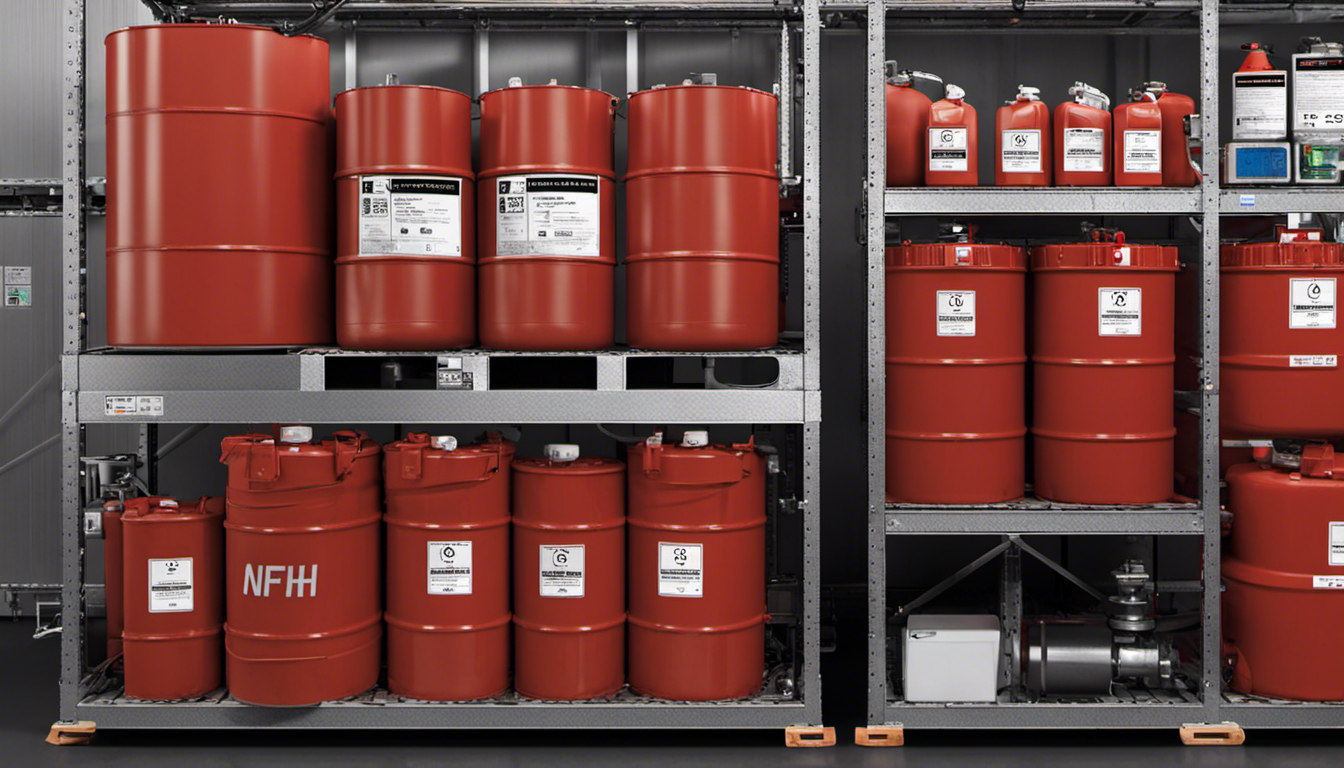Chemical Labels: Do All Containers Need GHS Labels?
The Globally Harmonized System of Classification and Labeling of Chemicals (GHS) has been in effect in the US for over a year and a half. The Occupational Safety and Health Administration (OSHA) adopted the global hazard communication system in 2012, and the extended transition period ended in June 2016. As a result, chemical shippers are now required to label containers with GHS-compliant labels. But what about chemicals that were already onsite before the GHS implementation?
OSHA does not require employers to relabel existing chemical containers unless they are offered for transportation. However, employers are encouraged to replace existing labels with GHS-compliant labels to streamline hazard communication training and protect workers from confusion.
Not all chemical containers need GHS labels. OSHA allows employers to use voluntary systems such as the National Fire Protection Association (NFPA) and the Hazardous Materials Identification System (HMIS) for labeling. However, employers must ensure that these labels meet OSHA’s minimum general requirements for workplace hazard labels.
There are certain exclusions from GHS labeling, including hazardous wastes, chemicals subject to the Toxic Substances Control Act, pesticides, and biological hazards. Additionally, portable chemical containers intended for the immediate use of one employee are not subject to HazCom labeling.
It is essential for employers to understand which containers are covered by the HazCom standard and to recognize that relabeling hazardous chemicals may simplify compliance and enhance safety. Failure to comply with OSHA’s HazCom standard can result in severe health problems, medical treatment, time away from work, and even death. Employers must prioritize workplace safety and take steps to protect employees and avoid costly OSHA fines.
In conclusion, while not all chemical containers need GHS labels, employers are encouraged to replace existing labels with GHS-compliant labels to streamline hazard communication training and protect workers. Employers must also be aware of the exclusions from GHS labeling and ensure that their workplace safety program is up-to-date and effective.


Leave a Reply